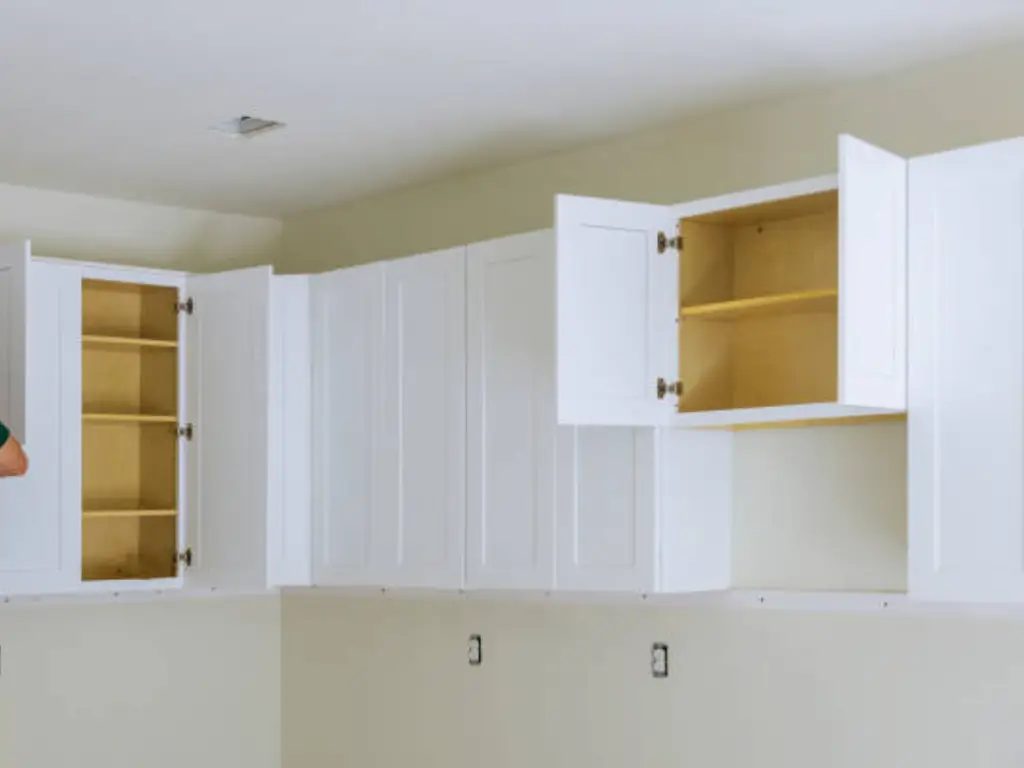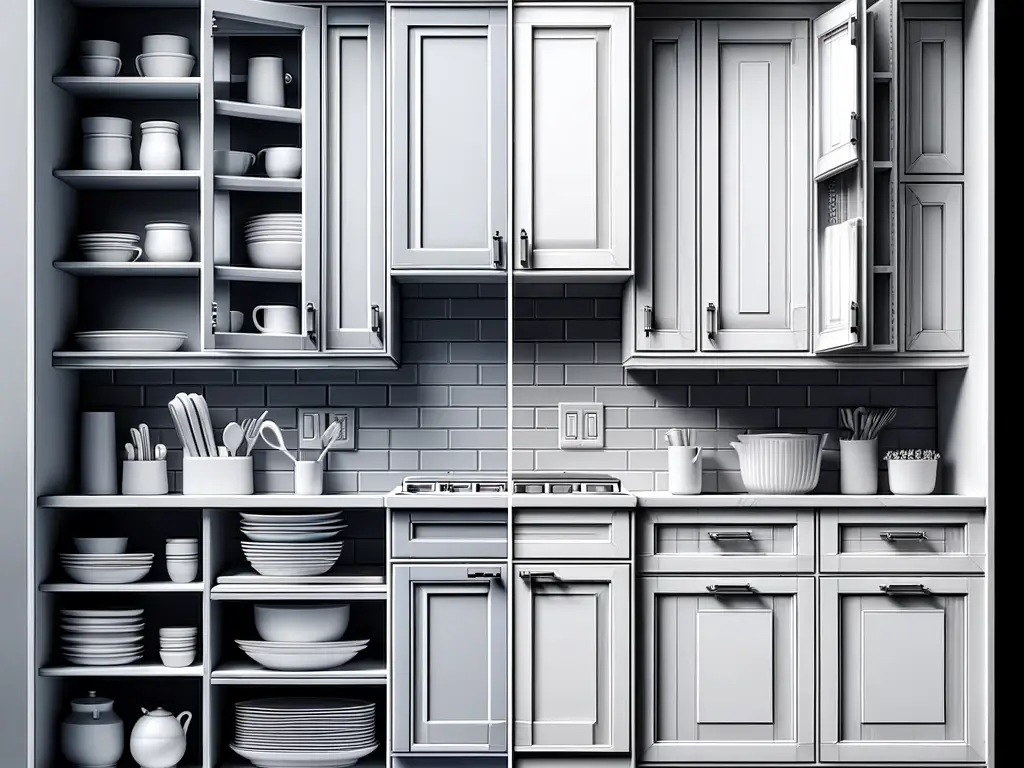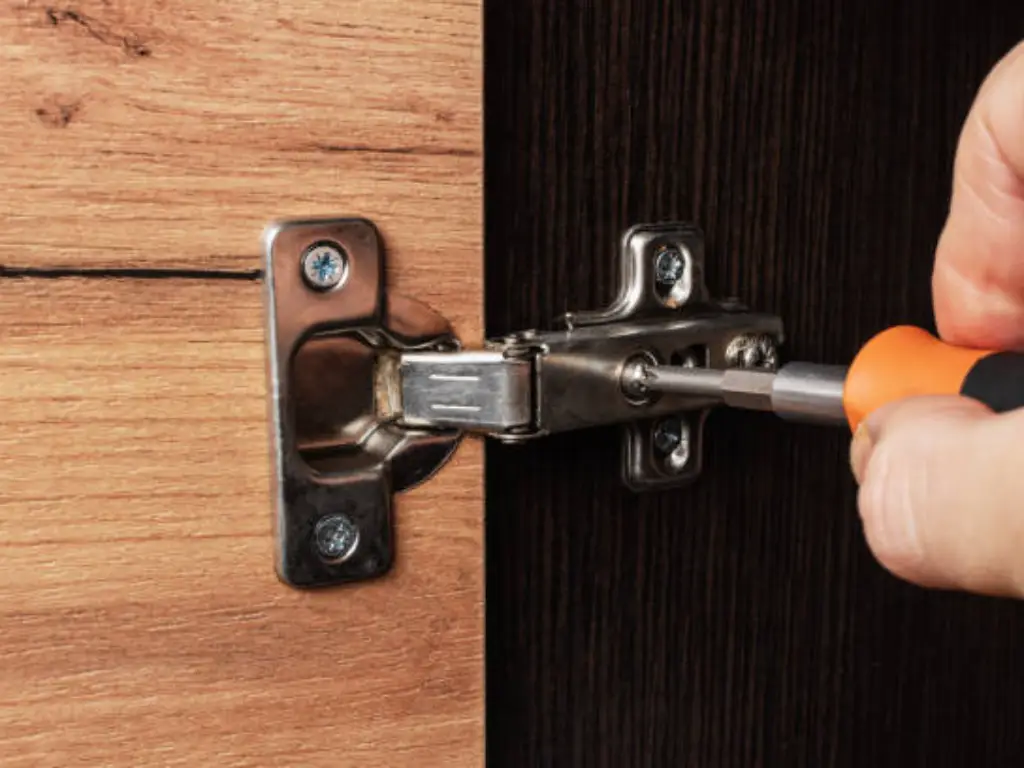Introduction
In the case of the kitchen remodel or simply changing the cabinets, the choice of hinges and overlays such as full overlay vs half overlay can influence the look and functionality of the cabinets. In the case of any homeowner or an interior designer, it is crucial to understand these differences so that they can make the right decision that will suit their needs in terms of appearance and use. In this article, you will find everything you need to know about full and half overlay cabinets such as their characteristics, installation process, price, and the look they give to your interior.
These terms are full overlay, half overlay and inset and they may sound a little confusing but do not worry because we are here to help you understand these terms and make the decision easier for you. Some of the decisions that we are going to make include the type of hinges, the available space for cabinets, and the design that you want to incorporate in your home. So let’s get ready to dig deeper into the full overlay vs half overlay cabinets so that you are well equipped to make the right decision.
Overview of Full Overlay Hinge

| Characteristics | Pros | Cons |
| Doors extend to cover the entire cabinet frame | Maximizes storage space | Requires precise installation for a smooth look |
| Creates a continuous and seamless appearance | Enhances the sleek, modern look of the kitchen | Less forgiving of measurement errors |
| Hides the cabinet frame completely | Ideal for small kitchens needing efficient use of space |
Full overlay cabinets are characterized by doors that extend to the front of the cabinet frame and hide it, giving it a seamless appearance. This style is becoming more and more popular for those who want a sleek kitchen with no gaps between the doors and drawers. The full overlay hinge which basically allows the door to cover as much of the frame as possible, thus creating enough room for storage inside the cabinet is particularly useful in tiny kitchens.
Accuracy is vital for a full overlay hinge because both the door and hinge should fit correctly so as to provide a flawless exterior look. This type of overlay gives you a neat look hence very suitable if you are thinking about having a modern or contemporary kitchen design. Nonetheless, it is important to note that choosing between full overlay and partial overlay will primarily depend on functionality and aesthetics whereas uniform facade typifies full overlay; something common with modern high-end kitchens.
Overview of Half Overlay Hinge
| Characteristics | Pros | Cons |
| Doors partially cover the cabinet frame | Allows for a classic look with a hint of modernity | Installation must be precise for the desired appearance |
| Some part of the frame is visible | Less demanding in terms of precise alignment | Visible gaps might not appeal to everyone |
| Provides a three-dimensional appearance | Offers a balance between full overlay and inset styles |
Half overlay cabinets, which are more conventional, enable a small part of the frame of the cabinet to be seen around the doors and drawers. This design gives a three-dimensional appearance which can enhance the personality of your kitchen area. Half overlay hinges are crafted to attach the door to the frame in such a way that it partially covers the frame on all sides. This slight overlay achieves a classic look without the full commitment to either a traditional inset or a contemporary full overlay style.
Half overlay hinges require careful installation since the position determines the look of the cabinet. The advantage of half overlay is that it offers a thin line between the cabinet parts, making the design more appealing. In half-overlay cabinetry, there is usually a small gap between each door or drawer, which may assist in establishing the separation of the two areas. Half overlay might be more suitable for homeowners who want to achieve a perfect blend between the contemporary smoothness of the doors and the more classic designs of cabinets.
Key Differences: Full Overlay vs Half Overlay

There is a difference between full overlay vs half overlay cabinets with respect to style and function. The only big distinction is how much cabinet frame is seen after installation; while full overlays cover almost the whole frame, half overlays expose part of it. This affects the look of the cabinets as well as how useful the area is and how accessible things in the cabinets are.
Another important thing to consider is what type of hinge you’re using. The full overlay hinge compared to the one for half over lay has differences on depth of installation and angle at which door to frame are set impacting looks and functions involved. As per modern trends, full overlay hinges are usually less visible whereas half overlays ones may be partly visible thus consider if you have a particular kitchen theme in mind.
Installation Ease: Comparing Overlay Options
Installation of full overlay and half overlay cabinets differ in some ways as described below. Full overlay installation is a little more precise as the alignment errors are more apparent due to the door extending from one end of the cabinet to the other. This type of installation often involves making some modifications and in some cases, the addition of more cabinet hinges to make the installation stable and functional.
On the other hand, half overlay is somewhat more forgiving in terms of alignment with the frame. But it still needs to be measured and managed to ensure that the small gaps between the doors are consistent all across the cabinetry. Face frame and frameless cabinets are two types of cabinets that are commonly used and the type of cabinet affects the installation process. Full overlay doors are commonly used with frameless cabinets which do not have a frame and are held together by hinges.
Cost Comparison: Full vs Half Overlay Cabinets
The differences in the cost of full overlay and half overlay cabinets depend on the material used, the design of the cabinet and the type of hardware used. In general, full overlay cabinets can be slightly more costly because of the extra material used for the doors that extend all the way to the front edge of the cabinet and the higher level of craftsmanship and accuracy in the construction and fitting of the doors.
Half overlay cabinets are sometimes cheaper in terms of material because less door material is used. The installation can also be less complex, which could help to decrease the cost of labor. However, the decision should also consider the long-term value: full overlay cabinets can give the kitchen a modern and custom look that can increase the value of the home more than half overlay.
Aesthetic Impact: Full Overlay vs Half Overlay
Functionally, full overlay cabinets are a great choice for those who want an unobstructed surface without any interruptions on the face of the cabinet. The continuous lines give a sleek and simple look that can give the impression that the kitchen is larger than it actually is, maximizing the cabinet space. Half overlay cabinets are somewhat more conventional in their design and offer a visible frame of the cabinet that adds depth to the kitchen’s design, making them a popular choice for those aiming for a classic aesthetic.
When deciding on which of these styles to use, you should consider the general theme of your home to ensure the right style is selected. For example, if you have a more traditional style house, half overlay may look better with the other features, while a modern house would look better with the clean lines of full overlay. The choice should also consider the visual impact: full overlays are ideal for creating dramatic pieces, while half overlays are perfect for creating timeless looks.
Durability: Which Overlay Lasts Longer?
When speaking of durability, one should take into account the construction of the overlay as well as the materials used. It is important to note that both full and half overlays can be of equal sturdiness depending on the materials used and the methods of installation. Full overlay doors, since they cover a larger portion of the cabinet frame, could offer the frame more protection, which in turn could increase the cabinet’s overall lifespan.
But it is very important not to underestimate the durability of half overlay cabinets. These are usually constructed with somewhat stronger frames as a portion of the frame is visible and forms part of the frame. As for the wear and tear of the hinges, both types of overlays can be functional and strong for many years if they are equipped with the best hinges such as Maxave stainless steel hinges and properly maintained.
Recommended Uses for Each Overlay Type

Full overlay cabinets are particularly ideal for the modern kitchen where a smooth, sleek appearance is preferred. They are also useful in small rooms where every square foot of storage is valuable, and the full overlay is useful in increasing the interior cabinet storage area. On the other hand, half overlay cabinets are ideal for traditional or transitional kitchens since they provide depth and character.
It is also important to take into account the needs of the members of your household in particular. In a household where a lot of usage is expected, full overlays are useful as they can be easier to clean and maintain. On the other hand, half overlays might be the best for those who love style detail and the traditional look of their cabinets, but do not necessarily have to be as space-conscious.
Final Verdict: Choosing Between Full and Half Overlay
When it comes to choosing between full and half overlay cabinets, it is important to think about the appearance of the cabinets as well as their practicality. Full overlay is a modern style that has straight lines and provides the maximum storage capacity of the cabinets, which is suitable for the modern kitchen. Half overlay, when only a portion of the frame is visible, is more traditional and may be more suitable for homes that are going for a classic or transitional look.
Also, consider the usage level of your kitchen, whether it will be a light, moderate or heavy usage. For daily, intense use, full overlays may be more convenient as they are easier to clean and look more contemporary. But for those who appreciate the details of the architecture and the desire to have a traditional half-overlay. In the end, it should be a style that you like, fits the style of your kitchen, and meets your requirements.
Conclusion
Therefore, the decision of whether to go for full overlay or half overlay cabinets depends on a number of factors including the appearance of the kitchen cabinets as well as the functionality of the cabinet. Thus, the differences, installation peculiarities, and costs will help you make the right decision and improve the appearance and functionality of the kitchen. No matter whether you are more into a modern and minimalist design or a more traditional design, there is an overlay option for you. However, it is important to understand that the selection of the right cabinet hinge is a critical component that can significantly affect the character and usability of the kitchen space.






